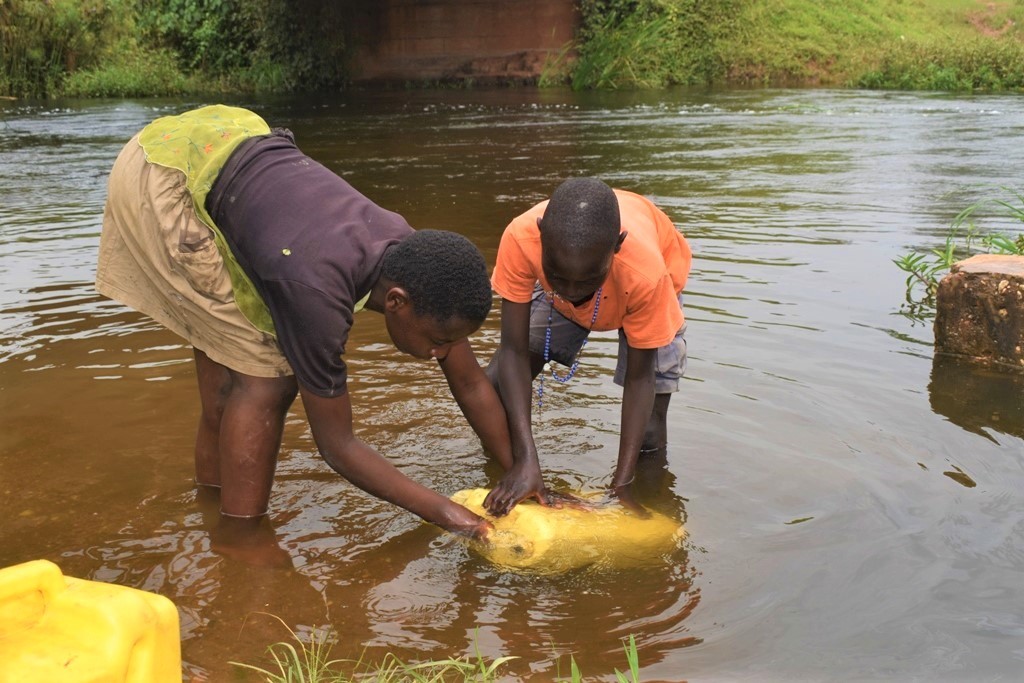
In the intricate web of human existence, few threads are as intimately intertwined as water, sanitation, and health. These three essential features of life converge to create a profound nexus that shapes the destinies of communities across the globe. Beyond their individual importance, their interconnectedness forms the foundation upon which societies thrive, economies flourish, and well-being blossoms.
Picture water as the lifeblood coursing through the veins of ecosystems and societies alike. Beyond quenching our thirst, water sustains public health and environmental equilibrium. It’s not just a mere resource; it’s the very cornerstone of existence. Yet, the true potential of water can only be realized in conjunction with proper sanitation. Without this crucial partner, the promise of clean water becomes a mirage, tainted by pollution and disease.
The symphony of clean water’s flow is quickly muted in the absence of proper sanitation. Inadequate facilities pollute water sources, initiating a vicious cycle of contamination, illness, and impoverishment. When sanitation takes a backseat, clean water’s potential is stifled, shackled by the very pollution it should shield against. It’s a dance between the two, each step influencing the other’s rhythm.
The health of communities hinges upon the quality of water and the strength of sanitation. Contaminated water sources, driven by pollutants or a lack of treatment, unleash waterborne diseases like a malevolent storm. Diarrhea, cholera, dysentery, and typhoid fever take center stage, ravaging societies with limited access to clean water and proper sanitation. This isn’t just an individual affliction; it’s a communal tragedy.
Consider the staggering numbers that underscore this interconnectedness. The World Health Organization (WHO) reports that a staggering 2 billion individuals worldwide lack access to managed drinking water. A dire 46% of the global population, roughly 3.6 billion people, live without safely managed sanitation services. These aren’t just figures; they are testaments to the urgent need for change.
Among the most affected by this triad’s imbalance are children. Diarrheal diseases, often stemming from compromised water and sanitation, cut short the lives of these young souls. Yet, the remedy lies in the provision of safe water sources and improved sanitation facilities. A future where children flourish, unburdened by preventable illnesses, beckons on the horizon.
Clean water and proper sanitation breathe new life into communities. The burden of water-fetching, usually borne by women and girls, is lightened, freeing their time for education and empowerment. Accessible sanitation elevates their self-esteem and fosters their education. However, without these amenities, absenteeism and dropout rates soar, ensnaring generations in a cycle of missed opportunities.
The repercussions stretch beyond personal lives, extending into the realm of economies. Neglected water and sanitation amplify healthcare costs and impede education. Illnesses curtail productivity, creating a ripple effect that dampens economic growth. In contrast, a well-executed water and sanitation plan slashes healthcare expenses, augments productivity, and nurtures agricultural bounty, ushering in sustainable economic advancement.
The links between water, sanitation, and health are not just interconnected; they are inseparable. These elements are woven into the fabric of human existence, crafting a narrative of interdependence. Access to clean water and functional sanitation isn’t just a right; it’s the cornerstone of community health and environmental balance.
Governments, international bodies, NGOs, and communities must collaborate to untangle this intricate web. Strategies for providing clean water and improved sanitation should not be seen as mere initiatives but as imperative steps toward a healthier, more sustainable future. As we navigate this nexus, the course we chart today will determine the legacy we leave for generations to come.


